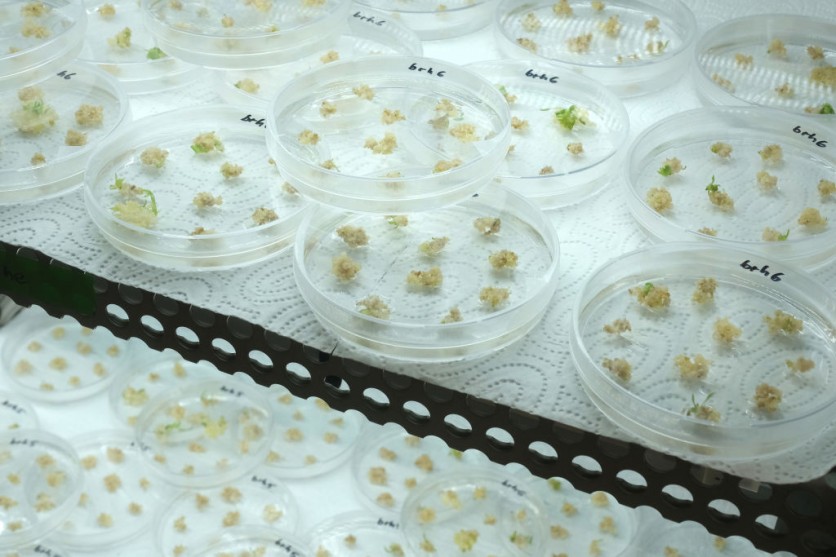ORNL scientists are advancing CRISPR Cas9 tools for microbes to create renewable fuels, merging quantum biology, AI, and bioengineering. Guide RNAs, pivotal in CRISPR Cas9, allow precise genomic modifications. The iterative random forest AI model helps unravel guide RNA molecular intricacies, forming a comprehensive knowledge base for CRISPR.

Enhancing CRISPR-Cas9
At Oak Ridge National Laboratory (ORNL), scientists are enhancing the capabilities of CRISPR Cas9 genome editing tools for microbes to generate renewable fuels and chemicals. Interesting Engineering reported that this progress results from the integration of advancements in quantum biology, artificial intelligence, and bioengineering.
Guide RNAs, essential components of the CRISPR Cas9 system, allow precise genomic modifications. The iterative random forest AI model assisted researchers in unraveling the molecular intricacies of guide RNA efficacy, creating a robust knowledge base for CRISPR technology advancement.
The implications extend to ORNL's Centre for Bioenergy Innovation (CBI), contributing to refining processes guiding biomass fermentation for sustainable fuel production. Additionally, the research impacts drug development, necessitating accurate CRISPR models for genome targeting.
Collaborating with ORNL computational science colleagues, the team aims to enhance the CRISPR Cas9 model's accuracy, incorporating data from various microbial species. This breakthrough streamlines CRISPR tools, ensuring predictability in DNA editing across organisms, boosting efficiency and minimizing costly errors.
The model uncovered crucial insights into nucleotides, aiding in the selection of more effective guide RNAs. Prates emphasized that the explainable AI model provided valuable molecular information, enriching CRISPR technology.
Validation involved CRISPR Cas9 cutting experiments on E. coli, employing guides chosen by the AI model. Unlike black-box algorithms, the explainable AI ensured transparency, elucidating biological mechanisms, as highlighted by Jaclyn Noshay, the paper's first author.
The focus on microbial species guide design rules aimed to enhance cutting efficiency, recognizing the limitations of models trained across biological kingdoms. The iterative explainable AI, with thousands of features, was trained using the Summit supercomputer at OLCF.
Science Daily reported that the synthetic biology team, led by Eckert, plans collaboration with computational science colleagues at ORNL to refine the microbial CRISPR Cas9 model, incorporating data from diverse microbial species and lab experiments.
Providing Opportunities Across Various Species
Considering quantum properties provides opportunities for enhancing Cas9 guide efficacy across various species. Eckert emphasized broader implications, especially in fields like drug development, necessitating accurate CRISPR models for precise genome targeting.
The refinement of CRISPR Cas9 models establishes a more efficient pipeline connecting genotype to phenotype, crucial for functional genomics. Beyond, it impacts endeavors like the ORNL-led Center for Bioenergy Innovation (CBI), aiming to enhance bioenergy feedstock plants and bacterial biomass fermentation.
As published on Nucleic Acids Research, Eckert highlighted the research's role in significantly improving guide RNA predictions, stressing that a deeper understanding of biological processes, coupled with extensive data, enhances target precision and research speed.
Related Article : Bamboo Could Be Next Big Thing for Renewable Energy, New Study Claims

ⓒ 2025 TECHTIMES.com All rights reserved. Do not reproduce without permission.




